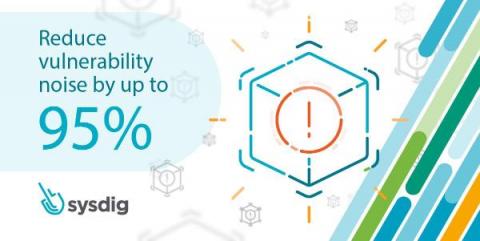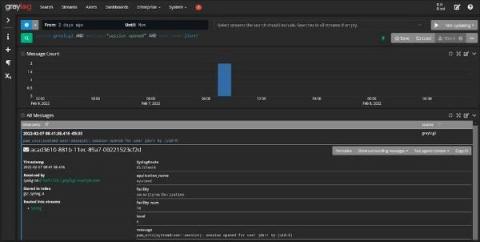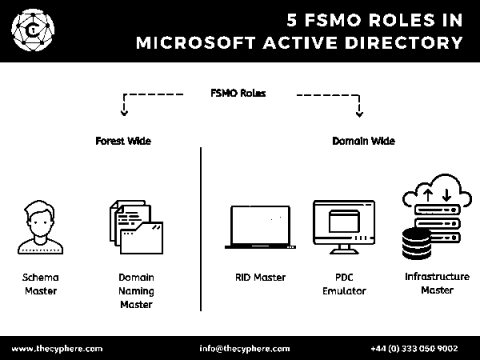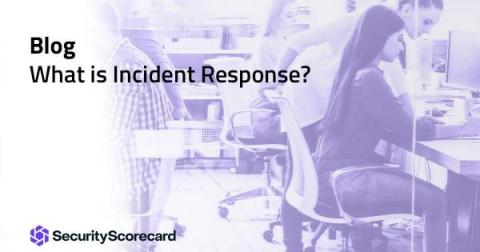What Makes Telecommunication Companies Such a Fertile Ground for Attack?
Telecommunication is the first, and most robust network ever invented. This may seem like a brazen and bold statement, but when examined closely, it is not the stuff of fantasy. Prior to the invention and development of the internet, what other way could a person pick up a device, and “dial” a few numbers and end up seamlessly connected to someone across the vast expanse of a countryside?











